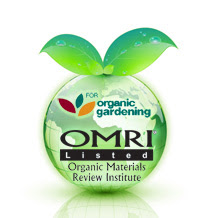 d structure of soft organs like leaves and flowers by the development of turgor pressure. It is a medium of translocation of different substances (both inorganic and organic) inside the plant. It is also a medium for absorption of various substances from outside. Proteins, carbohydrates, nucleic acids and other biological substances are active only in their hydrated state. Water has a high thermal conductivity, transparency and acts as a temperature buffer. It helps in ionization of solutes because of its high dielectric constant. Water molecules show both cohesion as well as adhesion.
d structure of soft organs like leaves and flowers by the development of turgor pressure. It is a medium of translocation of different substances (both inorganic and organic) inside the plant. It is also a medium for absorption of various substances from outside. Proteins, carbohydrates, nucleic acids and other biological substances are active only in their hydrated state. Water has a high thermal conductivity, transparency and acts as a temperature buffer. It helps in ionization of solutes because of its high dielectric constant. Water molecules show both cohesion as well as adhesion.Minerals – They form 1-3% of the protoplasm. The important minerals salts are chlorides, sulphates, phosphates, carbonates, bicarbonates, etc of sodium potassium, magnesium, iron, calcium, etc.
Many minerals present in the soil can enter the body of organisms but all of them are not essential. The essential elements for plants are sixteen in number. Some of them are exclusively present in organic or inorganic compounds, others occur in both. Depending upon their percentage, the essential elements are divisible into two categories:
1. Macronutrients (macro-elements or major elements) – C N H P K S Mg Ca
2. Micronutrients ( micro-elements or minor elements) – Fe B Mn Cu Zn Mo Cl. Iron (Fe) was formerly included under macronutrients but its concentration range lies below them. In animals, additional essential elements are sodium (Na), iodide (I), cobalt (Co) and fluorine (F).
In general, macronutrients build up the plants body (frame-work elements) and various cell constituents (protoplasmic elements) while micronutrients or minor elements are either integral part of electron carrier, enzymes or function as their confactors.

No comments:
Post a Comment